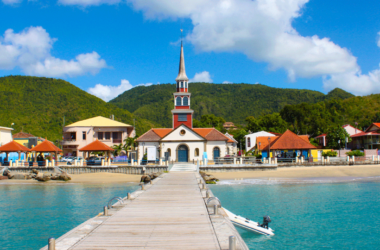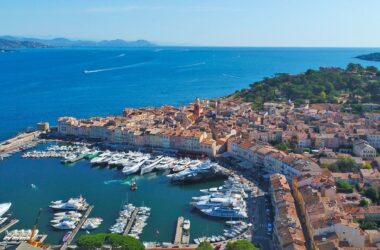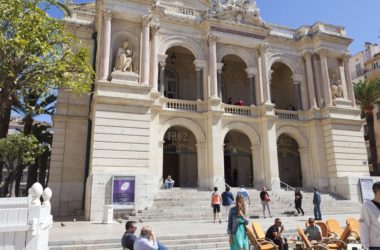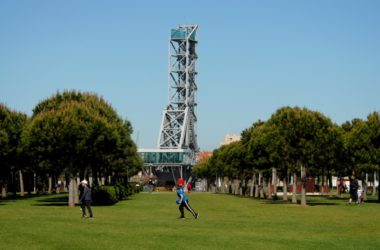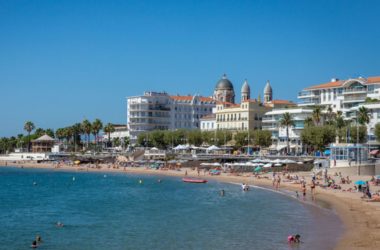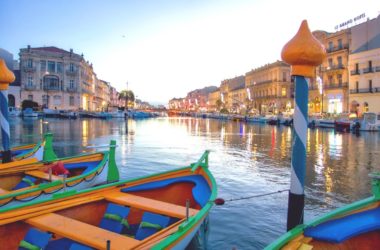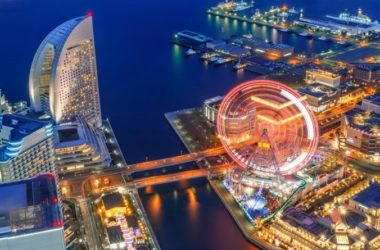Martinique today is truly “a little piece of France in the Caribbean”. The island radiates a seductive and uniquely French sensibility in the excellence of its cuisine, its AOC rums, its coffee, the chic sophistication of its stylish resorts and hotels, its fashion and art scene, and more. Martinique also has an West Indian warmth in its personality. Its music, its bèlè, an ancestral dance mixed with rhythms from Africa, its unique local cuisine, its cultural heritage and its way of life, make it an island with style and much more.
Martinique is full of natural wonders, making it one of the premier eco-destinations in the Caribbean.
In fact, since December 2020 Martinique has been listed at the pinnacle of the intangible cultural heritage of UNESCO by its Yole, the traditional fishing boat that attracts popular enthusiasm during local regattas. Indeed, Martinique has its own DNA.
In 2021, Martinique is a candidate for UNESCO world biosphere reserve.
In 2022, Martinique is also eager to be an UNESCO world Heritage for the Volcanoes and Forests of Mount Pelée and for the Pitons of the North of Martinique.
At the end of the 15th century, it was during the expeditions of the European navigator Christopher Columbus to the spice route that Martinique revealed its beauties to the rest of the world. And until the 17th century, two great European leading forces, France and England, struggled until 1815 for this piece of land with great potential and treasures. French colonisation was established in Martinique thanks to a slave labor force from Africa. After abolition of slavery in 1848, a new committed and free workforce was brought in sugar and cocoa plantations largely from India. In 1946, Martinique became a Department of France and in 1974 a Region of France, its current status.
Of course a special place with so much to offer! Martinique, she loves you!

